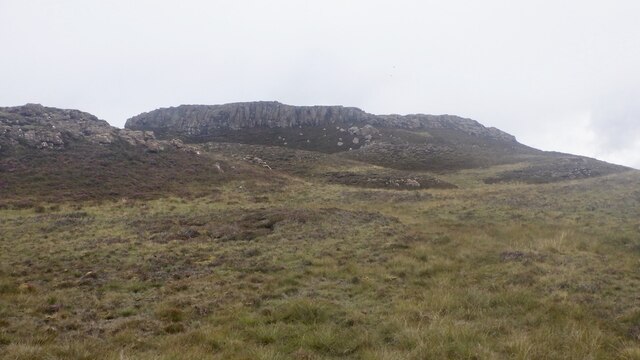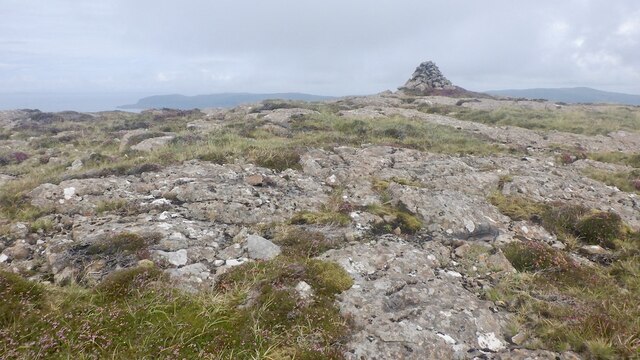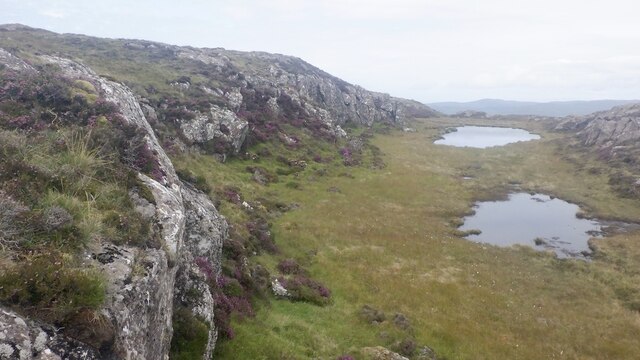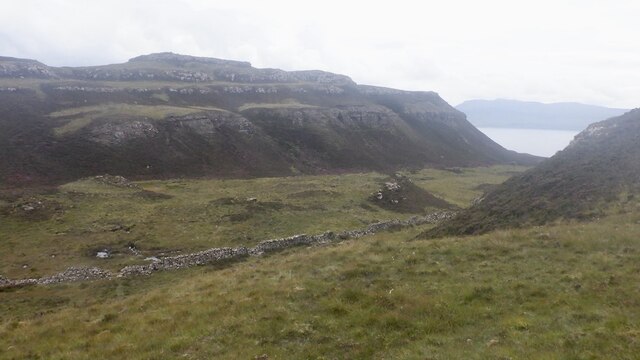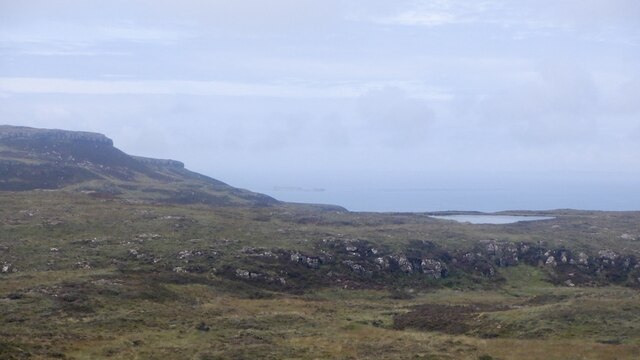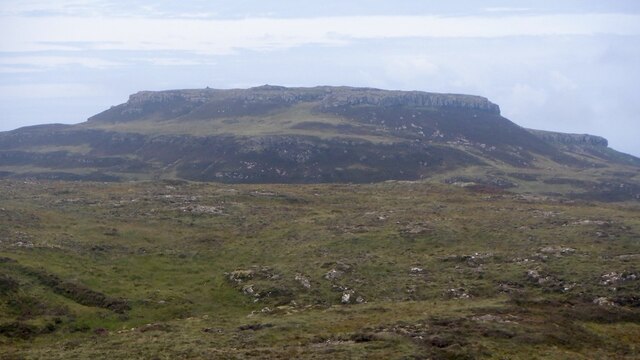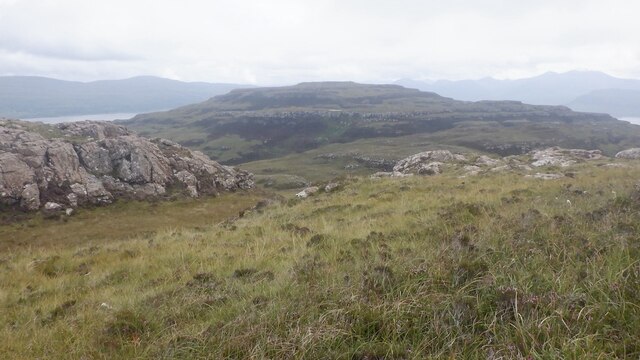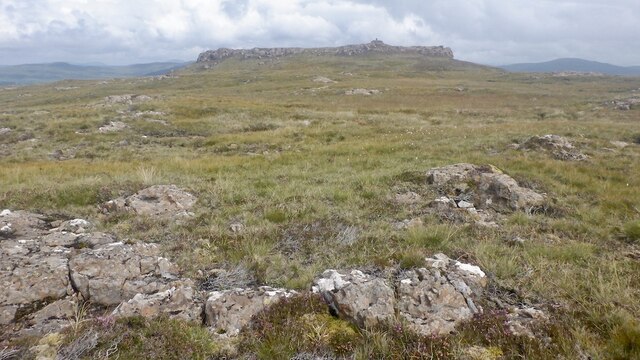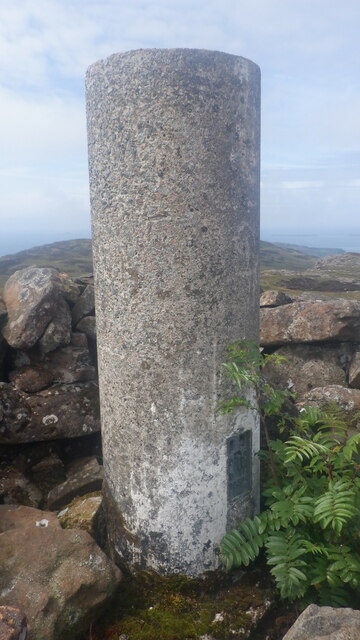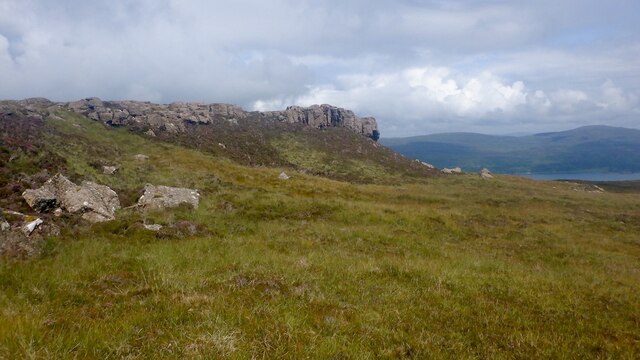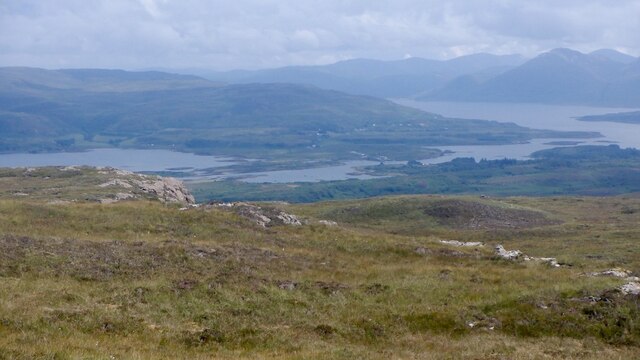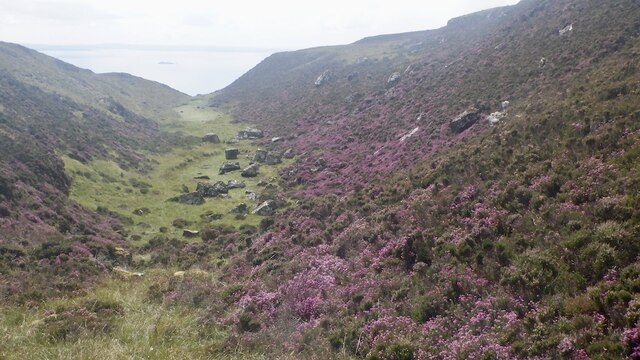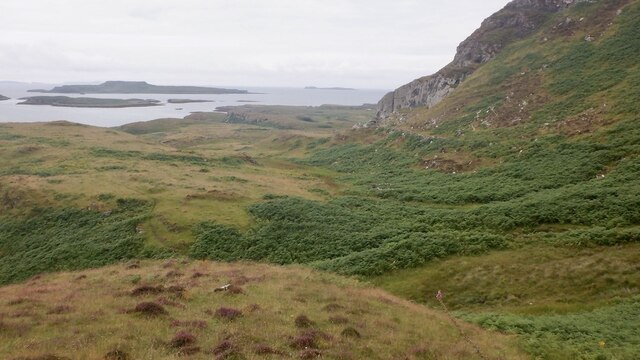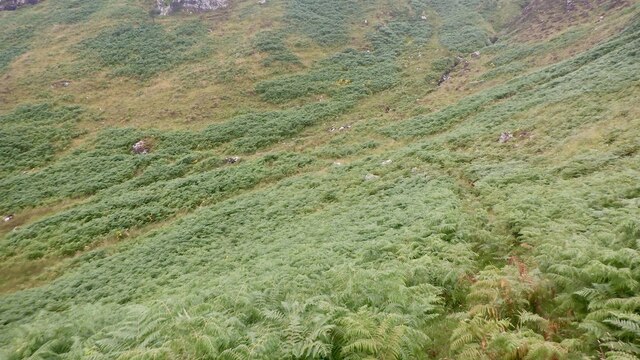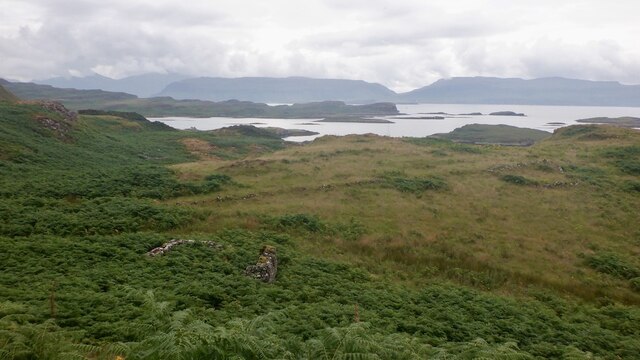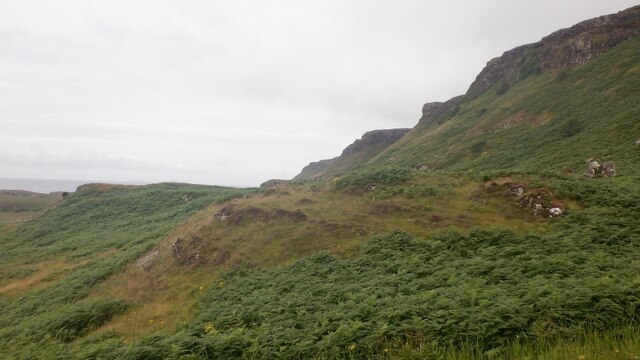Cille Mhic Foghainn
Heritage Site in Argyllshire
Scotland
Cille Mhic Foghainn
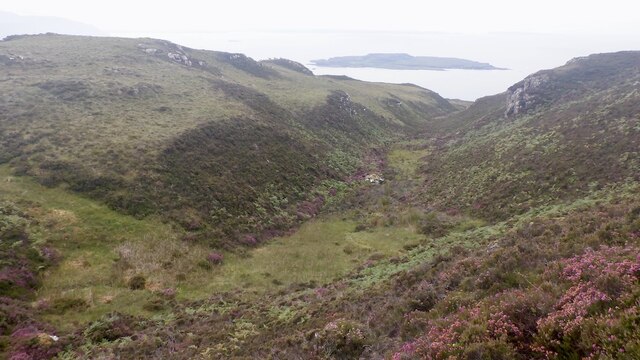
Cille Mhic Foghainn, located in Argyllshire, Scotland, is a significant heritage site that holds historical and cultural importance. This site is an ancient burial ground, dating back to the early Christian era, and is considered one of the oldest surviving examples of its kind in the region.
Situated on a picturesque landscape, Cille Mhic Foghainn is nestled amidst rolling hills and surrounded by lush greenery. The site itself comprises a collection of stone monuments, including ornate Celtic crosses, grave markers, and various other stone structures. These artifacts provide valuable insights into the traditions and beliefs of the early Christian communities in the area.
The origins of Cille Mhic Foghainn can be traced back to the 7th century, and it is believed to have been associated with a local saint or important religious figure. The site's historical significance is further enhanced by the presence of ancient burial mounds and ruins of early Christian buildings.
Visitors to Cille Mhic Foghainn have the opportunity to explore this ancient site and appreciate its rich cultural heritage. The well-preserved stone monuments offer a glimpse into the lives and customs of the early inhabitants of Argyllshire. The tranquil and serene surroundings make it an ideal place for reflection and contemplation.
Cille Mhic Foghainn is not only an important heritage site but also a testament to the enduring legacy of early Christianity in Scotland. Its historical value and peaceful ambiance make it a must-visit destination for history enthusiasts, archaeologists, and anyone interested in Scotland's rich cultural heritage.
If you have any feedback on the listing, please let us know in the comments section below.
Cille Mhic Foghainn Images
Images are sourced within 2km of 56.467/-6.23 or Grid Reference NM3938. Thanks to Geograph Open Source API. All images are credited.
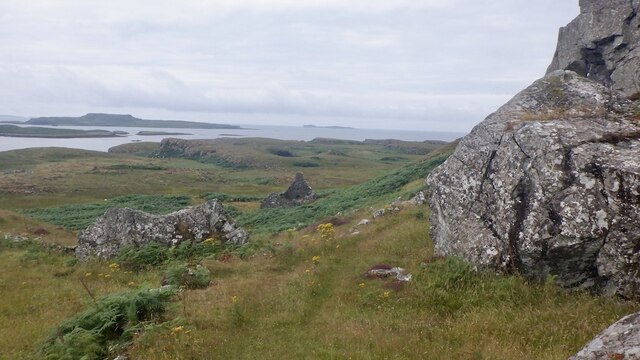
Cille Mhic Foghainn is located at Grid Ref: NM3938 (Lat: 56.467, Lng: -6.23)
Unitary Authority: Argyll and Bute
Police Authority: Argyll and West Dunbartonshire
What 3 Words
///ending.catapult.forecast. Near Calgary, Argyll & Bute
Nearby Locations
Related Wikis
Ulva
Ulva (; Scottish Gaelic: Ulbha) is a small island in the Inner Hebrides of Scotland, off the west coast of Mull. It is separated from Mull by a narrow...
Little Colonsay
Little Colonsay (Scottish Gaelic: Colbhasa Beag) is an uninhabited island west of the island of the Isle of Mull in Scotland. The geology of the island...
Loch Tuath
Loch Tuath (Scottish Gaelic: Loch-a-Tuath) is a sea loch in the Inner Hebrides, Scotland that separates the Isle of Mull and the island of Ulva. Loch Tuath...
Gometra
Gometra (Scottish Gaelic: Gòmastra) is an island in the Inner Hebrides of Scotland, lying west of Mull. It lies immediately west of Ulva, to which it is...
Nearby Amenities
Located within 500m of 56.467,-6.23Have you been to Cille Mhic Foghainn?
Leave your review of Cille Mhic Foghainn below (or comments, questions and feedback).
